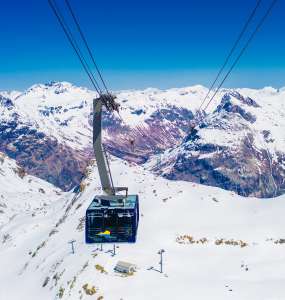Umbria The Green Corner of Italy

In recent years, Umbria, Tuscany's eastern neighbor, has increasingly attracted the attention of travelers. Here are mountains and green hills, vineyards and olive groves, medieval villages and ancient cities full of artistic value. And among this splendor, hotels where you can be alone with yourself and nature.
Umbria is known as the greenest corner of Italy. Landlocked, it offers tourists a holiday at Lake Trasimeno, the largest in central Italy. It is also called the "Umbrian Sea". On the hills surrounding the lake, there are forests and vineyards, sunflower fields and olive groves. The charming town of Castiglione del Lago rises above the lake. Initially, it was located on an island, then it was connected to the mainland. It is worth coming here to see the 12th-century fortress walls and the Palazzo della Corgna with 16th-century frescoes, stroll along the streets built up almost 500 years ago, relax on the equipped beaches, swim and ride a bike.
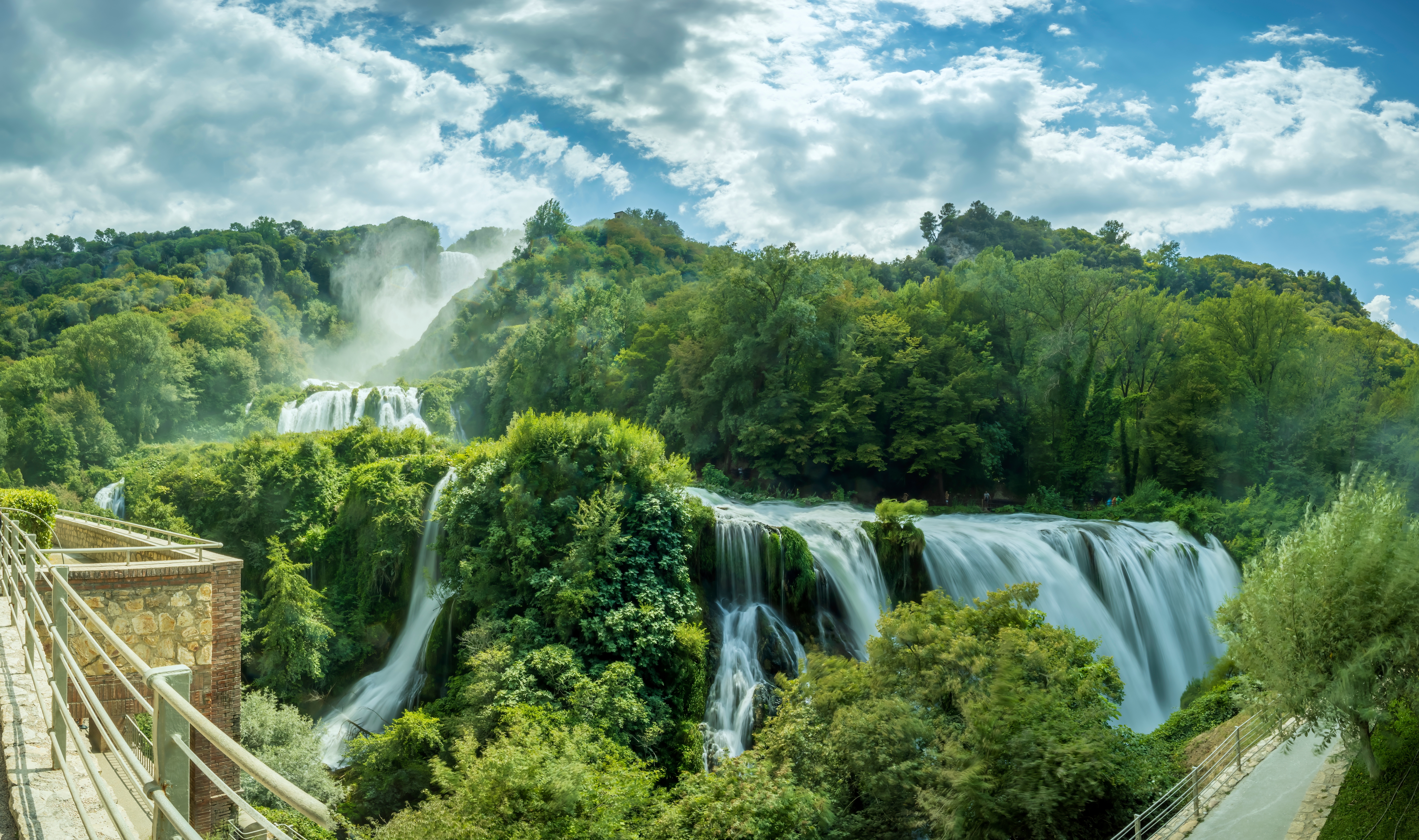
Umbria is home to the highest (165 m) waterfalls in Europe - the man-made Marmore Falls, created, and it is hard to believe, back in 271 BC. Their beauty was admired by Goethe and Byron, Charles Dickens and Hans Christian Andersen, and many painters depicted them on their canvases.
We recommend starting your acquaintance with Perugia, the capital of the region, with the National Gallery in the Palazzo Priori, its collection contains more than 3,000 paintings, sculptures, ceramics, textiles, and jewelry over 800 years. The gallery has 40 rooms, and 500 works are on display at any one time. Visit the Moretti Caselli Studio and Museum of Stained Glass, a dynasty of stained glass artists who have been practicing this art since 1860, using traditional techniques. The studio-museum offers individual tours and master classes. Climb the medieval Schiri Tower and admire the views of the Umbrian hills from a height of 42 meters.

Your attention will be drawn to the Glass Museum in Piegaro. Venetian glassblowers settled here in the thirteenth century and since then the life of this town has been inextricably linked with the production of beautiful glass products. The works of local craftsmen adorn not only the Cathedral in Orvieto, but also many other majestic buildings in the country.
In the city of Assisi, visit the Basilica of St. Francis and admire the twenty-eight frescoes by Giotto, which describe the life of St. Francis. The famous Giotto was one of the first harbingers of the Renaissance, and the basilica is a UNESCO World Heritage Site. Climb to the Rocca Maggiore, built at 500 metres above sea level in the 12th century and rebuilt two centuries later. Visit a lavender nursery that grows sixty varieties of lavender.
Umbria is also a world apart in terms of gastronomic abundance. It has its own wine culture, dating back to the Etruscans in Orvieto. Today, the main players in the market include the Lungarotti and Arnaldo Caprai wineries, which are reviving indigenous grape varieties such as Sagrantino. The Lungarotti Wine Museum (MUVIT Wine Museum) on the outskirts of Perugia displays over 3,000 artefacts, from ancient presses and amphorae to symbols and works of art related to and dedicated to wine. The Lungarotti Foundation also opened the Olive and Oil Museum (MOO Olive and Oil Museum) with artifacts from the third millennium BC.
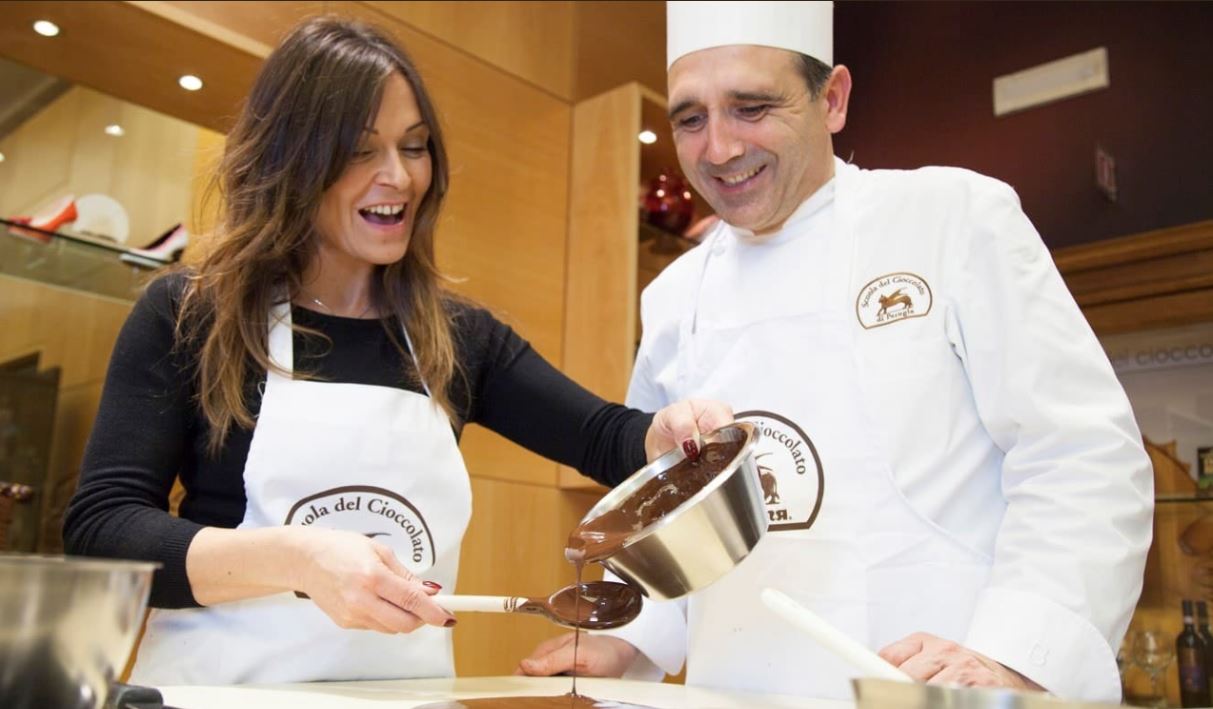
Umbria is famous for its black and white truffles, goat, sheep and goat cheeses, legumes, and chocolate. Here in San Sisto, a suburb of Perugia, is the Perugina chocolate factory, whose history dates back to 1907. In honor of the centenary of its founding, the “House of Chocolate” was opened, where you can visit the Museum of the History of Chocolate, taste, visit the production facility and master classes at the School of Chocolatiers.
What is also interesting is that Luisa Spagnoli, the founder of the fashion house of the same name, also comes from Perugia. In addition to her contribution to the fashion industry, namely, she started producing shawls and boleros from angora wool, beloved by Sophia Loren, Anna Magnani, Esther Williams and other movie stars, she also created a new type of candy: with a filling of chocolate paste and ground hazelnuts, today known as Bacio Perugina (“Kiss from Perugia”).
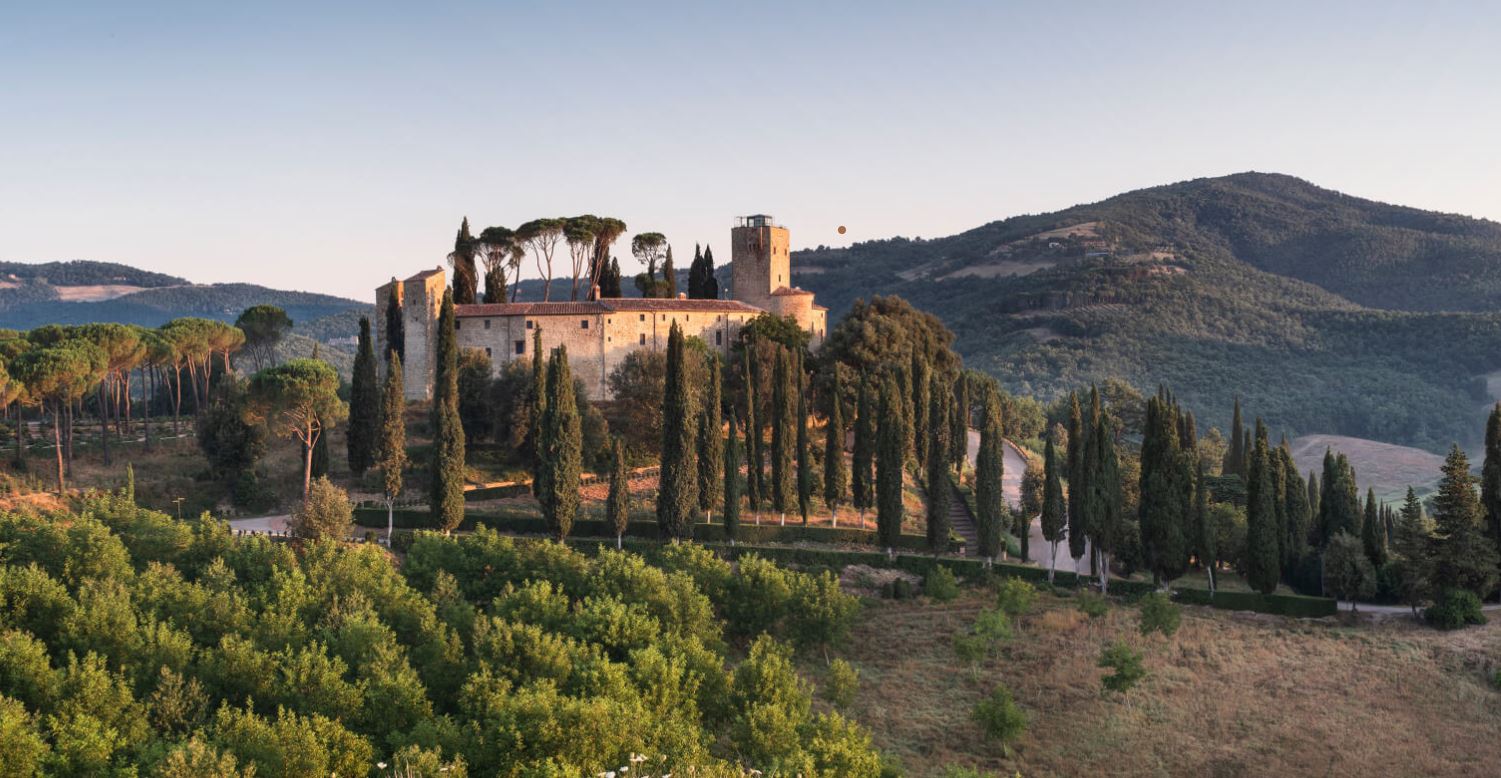
Most recently, Castello di Reschio has made a name for itself - a hotel on the territory of an 11th-century castle, with its own stables, tennis courts, an open-air cinema, pottery workshops, quiet hunting, picnics by the lake. In the forest on the estate, you can see wild boars, fallow deer and roe deer, porcupines, wolves and foxes.
.jpg)
And also check out the new Borgo dei Conti Resort. The castle, although it looks ancient, was built in the last century, but the park was laid out in the 16th century. The Borgo dei Conti kitchen is run by Michelin-starred chef Emanuele Mazzella. The hotel's spa offers facial and body treatments created in collaboration with the Nescens brand. The spa is equipped with experience showers, a hammam, a biosauna, a cold-water pool, a Finnish sauna and an ice waterfall, a relaxation area with a salt room and an open-air jacuzzi with 36-degree water. The hotel offers many opportunities to achieve peace: walks and meditations in the park, open-air film screenings, picnics in the olive grove, master classes in cooking Umbrian cuisine, tastings of local wines and a “silent hunt” for truffles.
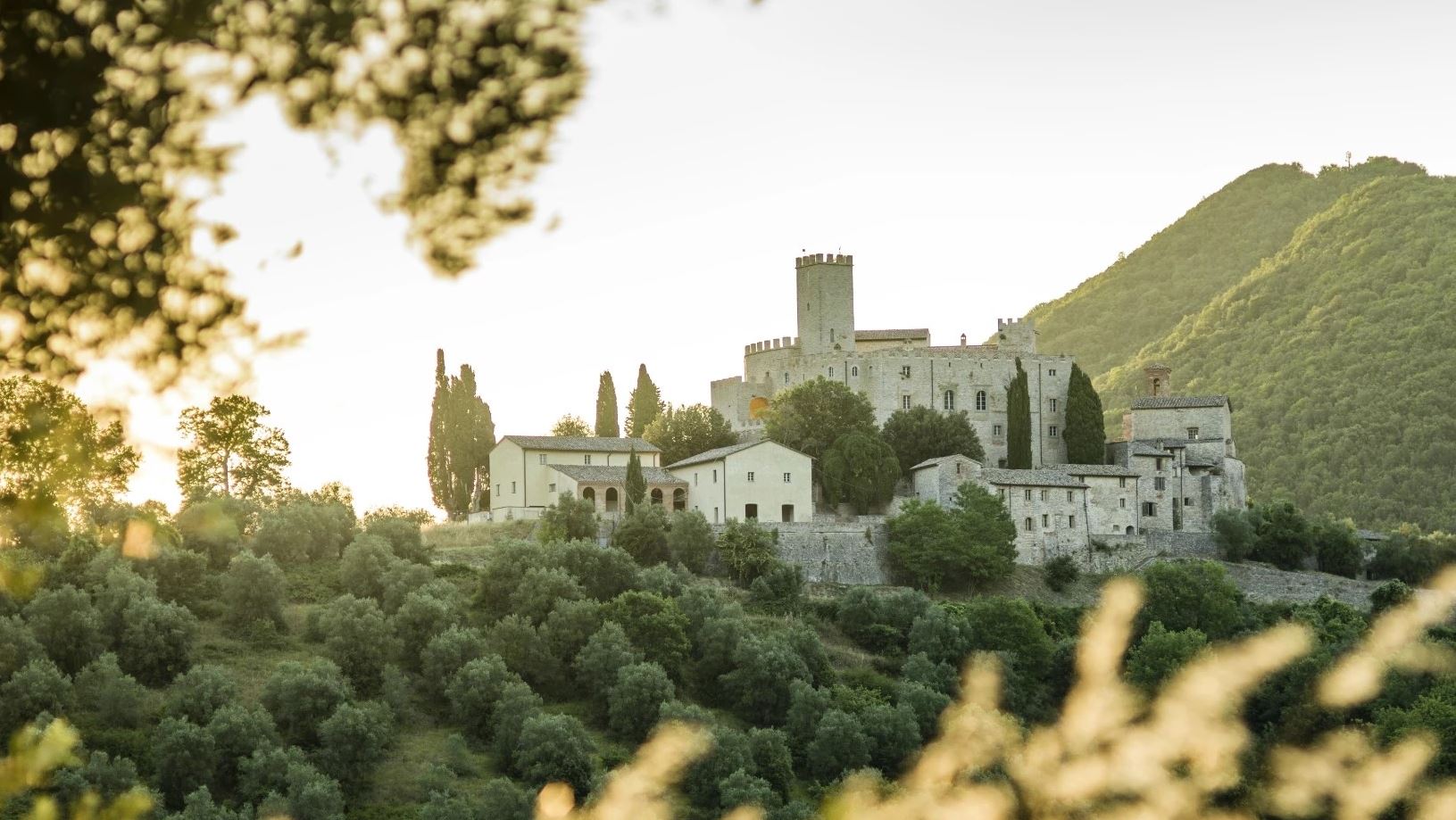
Umbria's popularity is confirmed by the opening of the Six Senses Antognolla hotel next year. It will combine a 12th-century castle, an 18-hole golf course designed by Robert Trent Jones Jr., a Six Senses Spa, a center for wine tastings, culinary and creative workshops.

